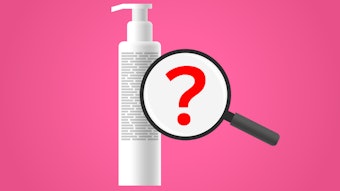On June 26, 2014, The U.S. Food and Drug Administration (FDA) issued Final Guidance for Industry: Safety of Nanomaterials in Cosmetics, a final guidance document addressing the use of nanotechnology in cosmetics.
The two final guidance documents reflect FDA’s current thinking on these issues after taking into account public comment received on the corresponding draft guidance documents which were issued in 2012.
The final cosmetics guidance describes FDA’s current thinking on the safety assessment of nanomaterials when used in cosmetic products and encourages manufacturers to consult with FDA on test methods and data needed to support the substantiation of a product’s safety.
The FDA states that those testing nanomaterials for cosmetics should consider: the physicochemical characteristics, agglomeration and size distribution of nanomaterials under the conditions of toxicity testing and as expected in the final product, impurities, potential routes of exposure to the nanomaterials, potential for aggregation and agglomeration of nanoparticles in the final product, dosimetry for in vitro and in vivo toxicology studies, and in vitro and in vivo toxicological data on nanomaterial ingredients and their impurities, dermal penetration, potential inhalation, irritation (skin and eye) and sensitization studies, mutagenicity/genotoxicity studies.
Regarding the safety assessment of products containing nanomaterials, the document states, "We consider the current framework for safety assessment sufficiently robust and flexible to be appropriate for a variety of materials, including products containing nanomaterials." It furthers, "With respect to nanomaterial characterization, safety should be assessed through fully describing the nanomaterial and evaluating a wide range of physical and chemical properties, as well as through the assessment of impurities, if present."
It notes that because some nanomaterials have physicochemical properties that may alter the potential toxicity of a compound, a safety assessment should address whether there will be an increase in uptake, absorption, transport into cells and transport across barriers (e.g. blood-brain barrier) or altered bioavailability or biological half-life.
FDA will continue to pursue its ongoing scientific research and regulatory efforts and will consider new studies and data, as they become available, to determine future actions.










